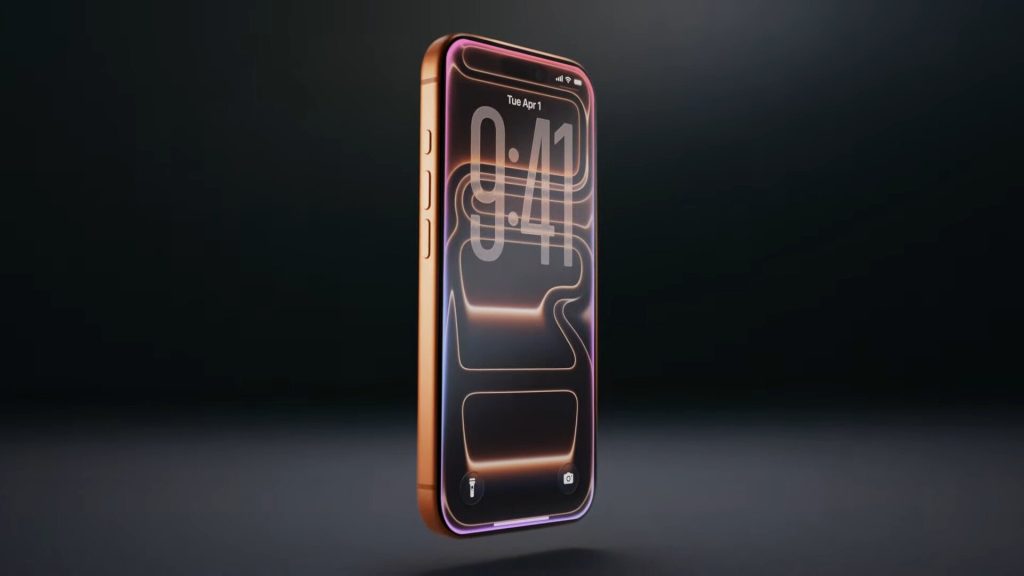The iPhone 17 has quickly become the focus of a controversy known as “Scratchgate.” Many owners report that their phones develop visible scratches within days of normal use. Both the standard version and the Pro, marketed as more durable, appear equally prone to these marks.
A revealing technical analysis
The specialized website iFixit carried out an in-depth review to uncover the root of the problem. Their findings point to an unexpected design flaw: the hot-forged, anodized aluminum frame of the iPhone 17 Pro is particularly vulnerable at the sharp corners of the camera bump. While anodization works well on flat surfaces, iFixit explains, it tends to crack more easily along pronounced edges.
At the same time, iFixit highlights a notable internal improvement. The battery is now secured with screws, making replacement much easier. This gain in repairability puts users in a dilemma. Should they protect the phone with a case, potentially hiding its sleek design, or accept micro-scratches as an inevitable consequence of Apple’s design choices?
A reflection on manufacturing priorities
This situation raises questions about the balance between aesthetic innovation and durability in smartphone design. Apple appears to have chosen an approach that favors sleek design over resistance to micro-scratches, a decision that echoes similar choices made in the tech industry in the past. Users are therefore faced with a trade-off between keeping their device looking pristine and using it in everyday life.





